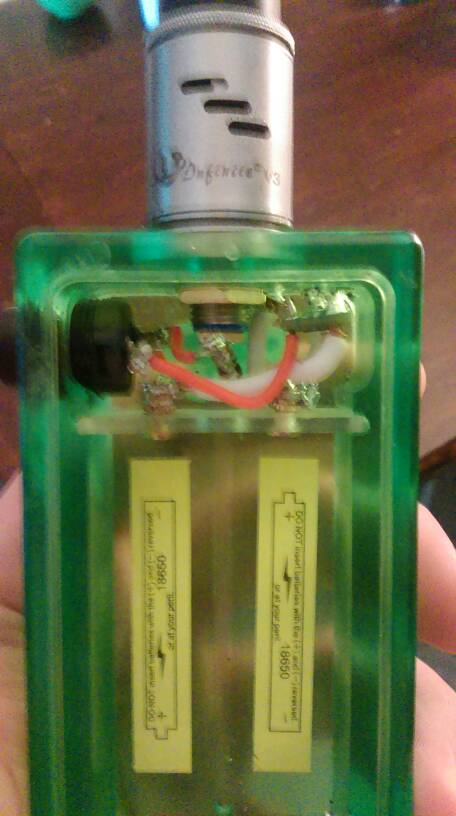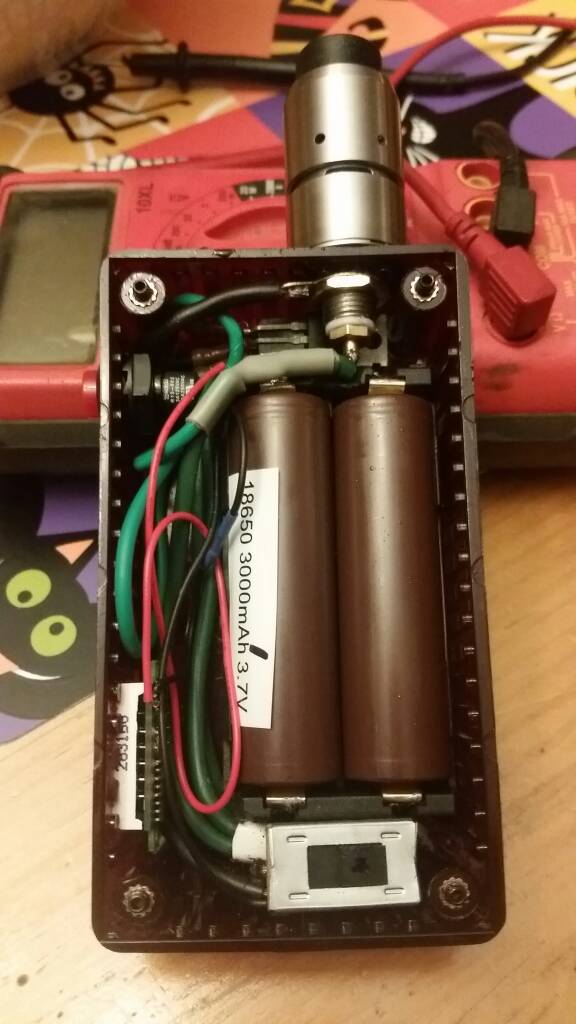From the technical point of view, putting two MOSFET's in parallel (aka piggybacking) reduces the resistance & heat allowing for improving battery life & higher wattage builds. The difference is more noticeable in parallel builds then series because of the voltage differences, but it does affect both of them. The higher the wattage involved, the more important it is to worry about every single mOhm including the wiring and MOSFET's
Some of the more common MOSFET's to use are the IRLB3034, IRLB3813, and the PSMN1R9-40PLQ. I'm also getting increased sales on my PSMN0R9-25 based microFET board in eBay that has lower resistance then those other MOSFET's and can be put into parallel just by stacking them up and running the wires through both sets of holes (the MOSFET & pulldown resistor are already soldered to the board).
There are other MOSFET's that can work, but many that won't. They need to be selected based at a minimum on there Vgs(th) (turn on voltage), Rds(on) (On Resistance) at the voltage of your batteries, Id (continuous current), along with making sure the Vdss (max voltage) is higher then the batteries could possibly reach. After that, the style of case, cost, availability & other factors start coming into play. For example the PSMN0R9-25 MOSFET is a 'better' MOSFET then the other three, but the surface mount case is a pain for most modders to use, which is why the other three have been more popular.
DISCLAIMER:
I don't personally vape or build mods myself, but have a lot of technical experience with electronics and have gotten involved in the community here from helping modders out. That's what led to building the microFET boards to supply a 'better' part in a small space at reasonable costs. I welcome any correction from actual modders based on RL experience with your builds.



